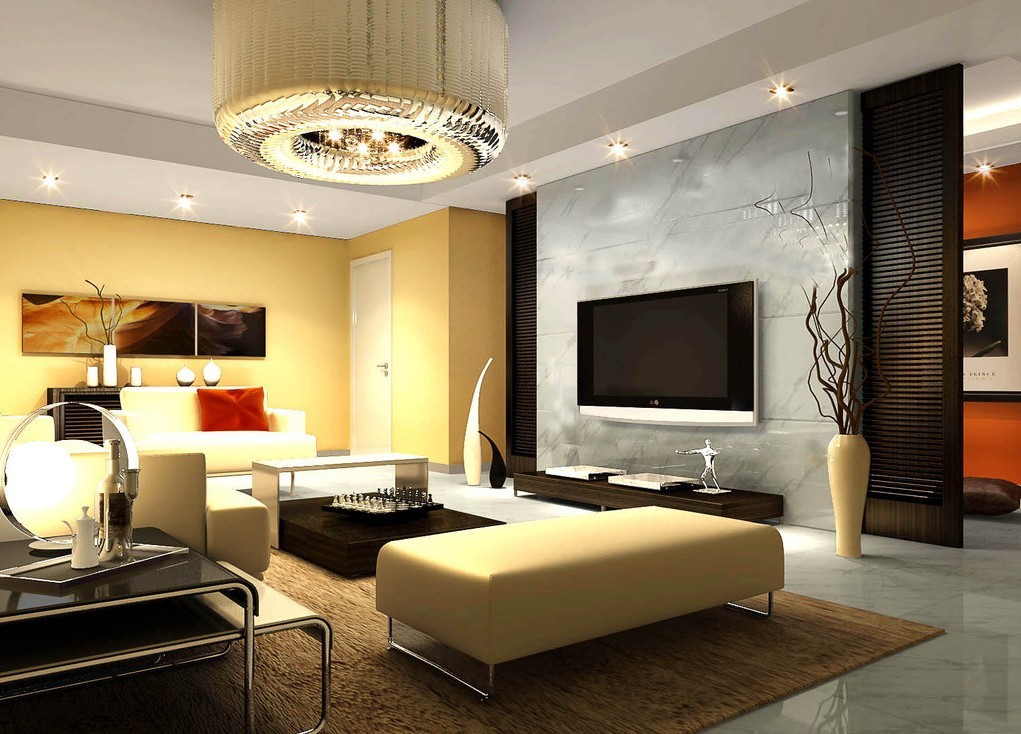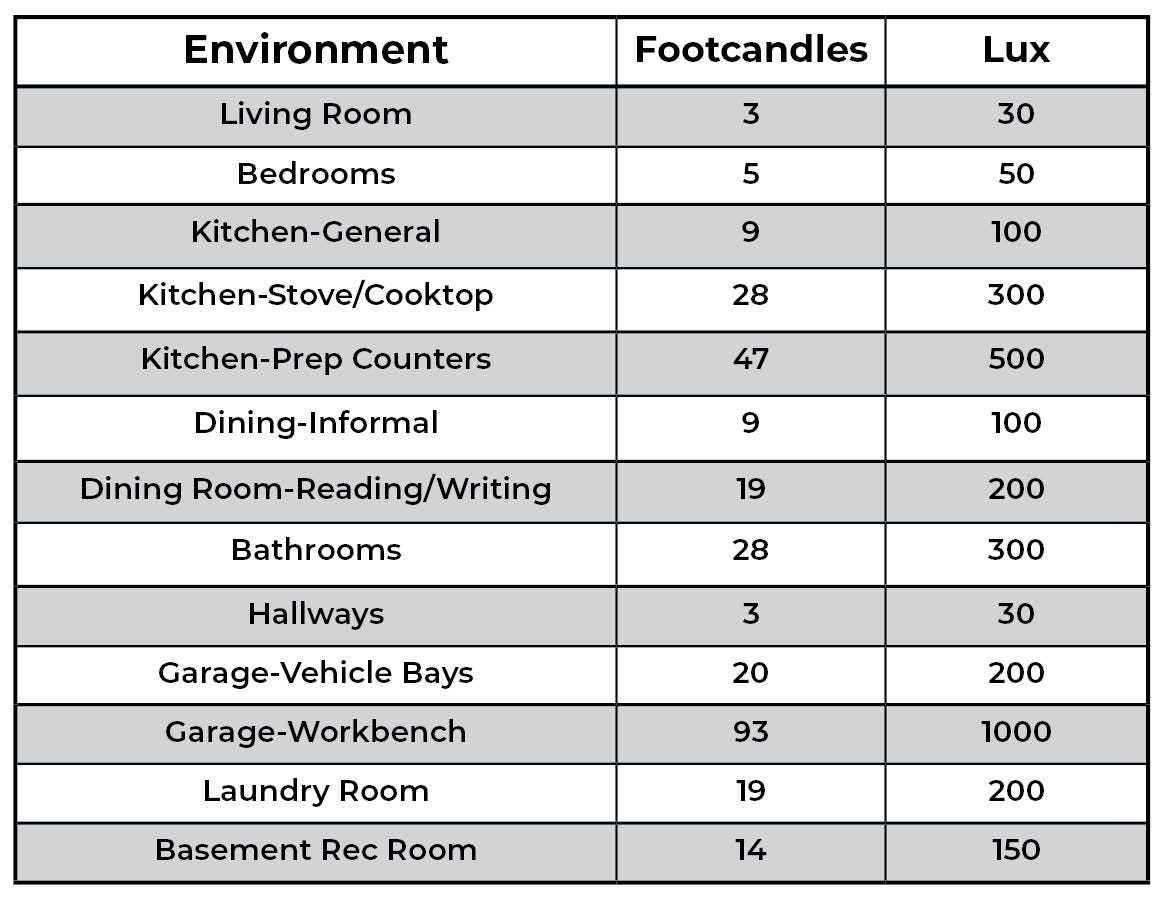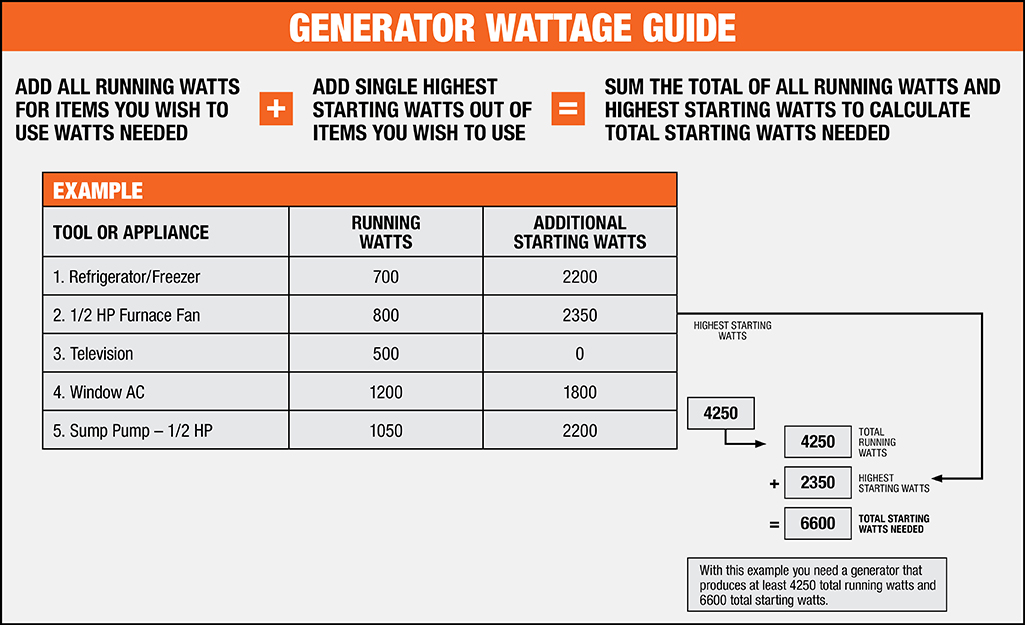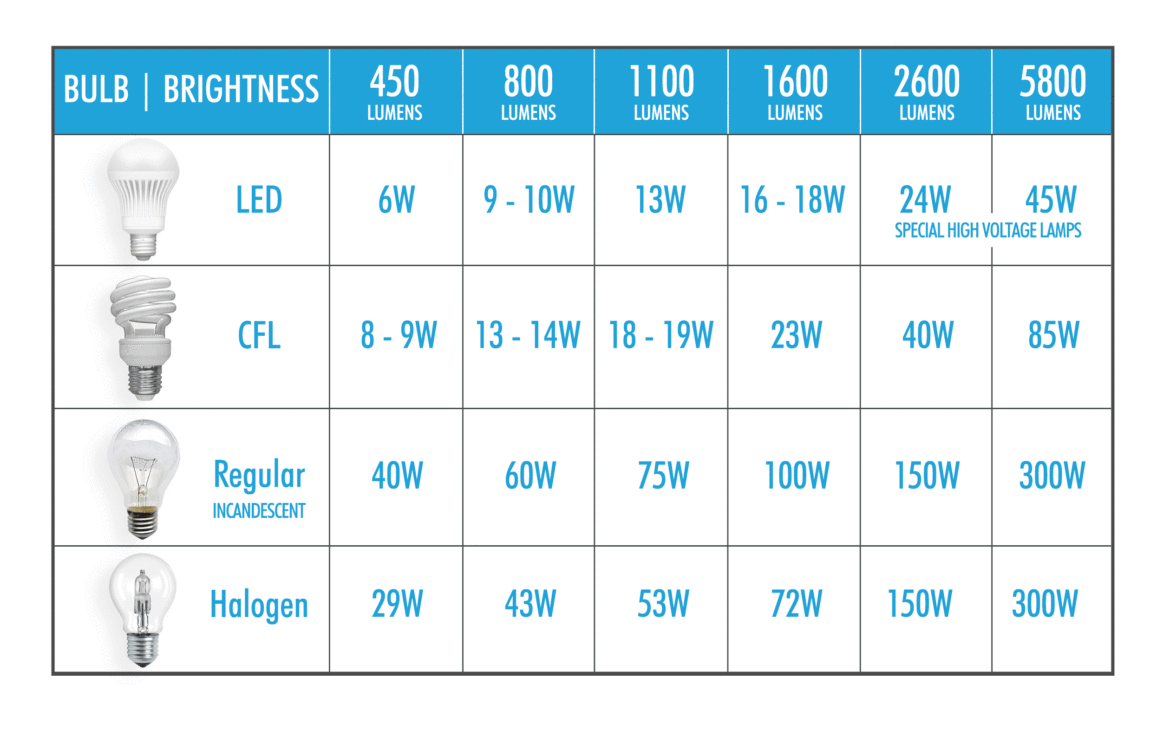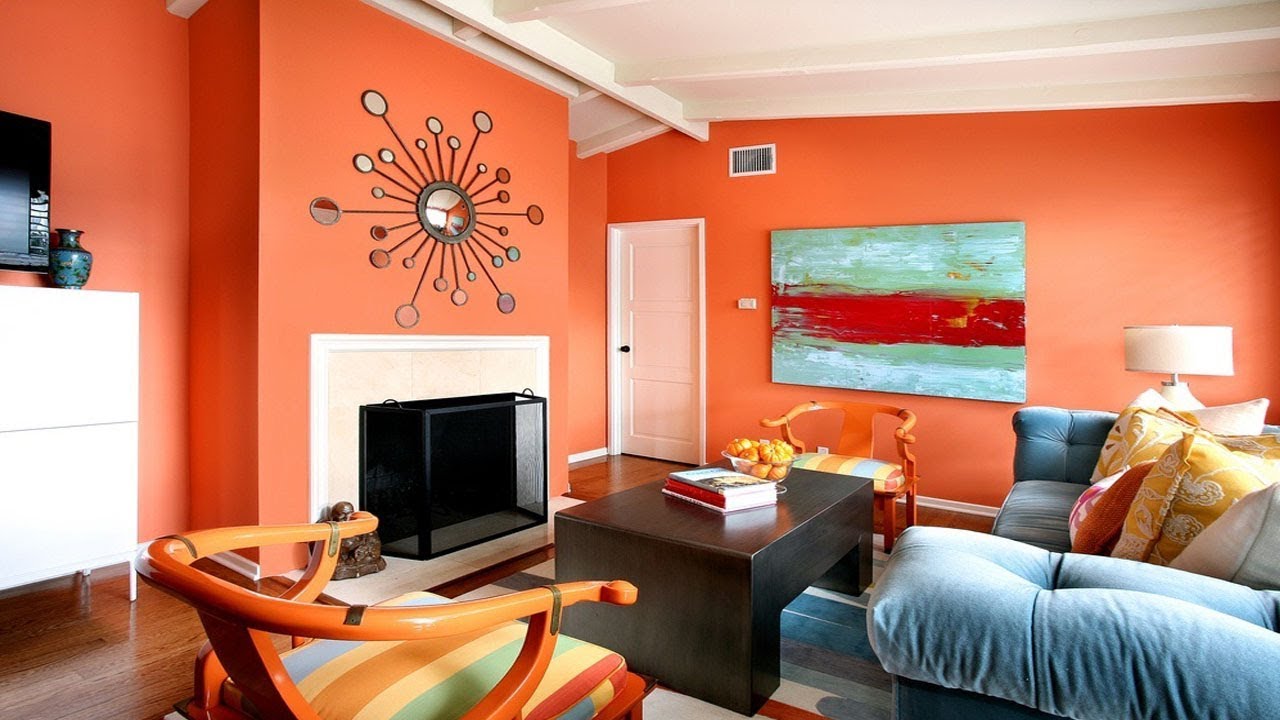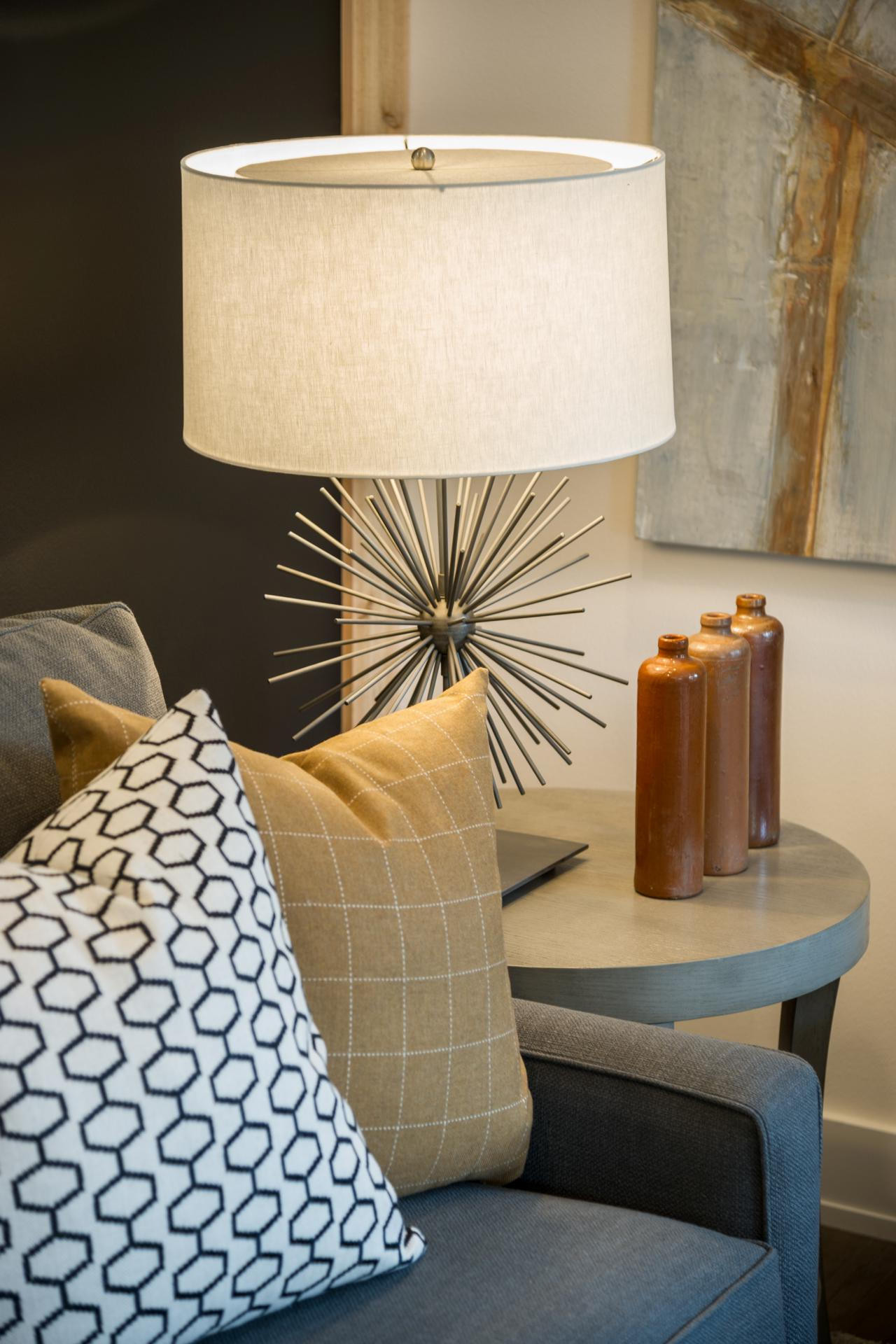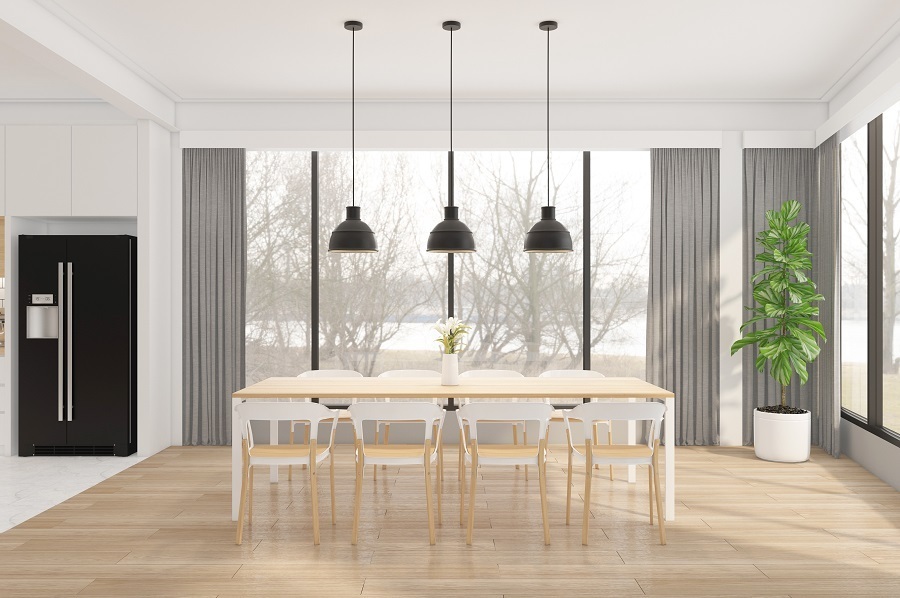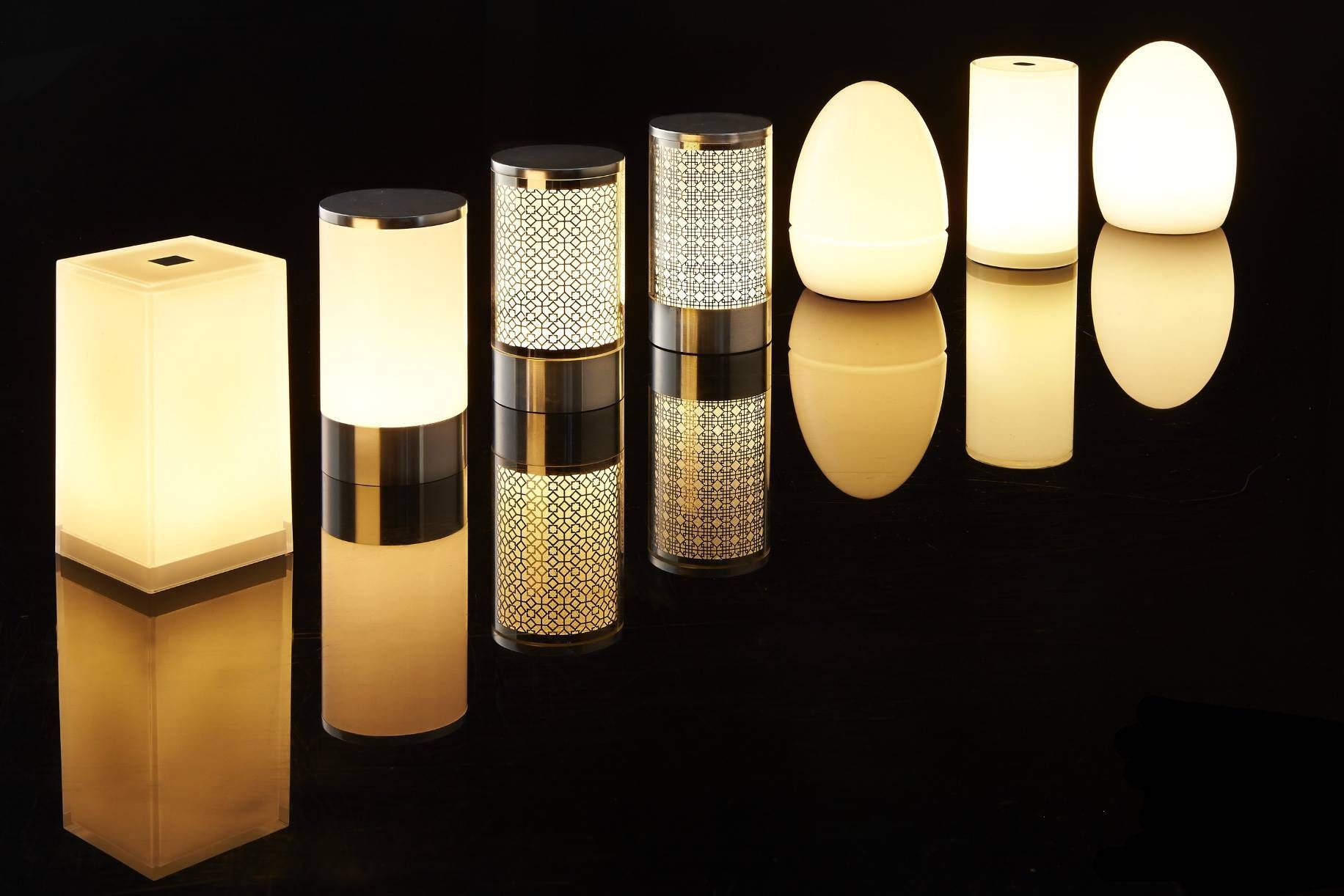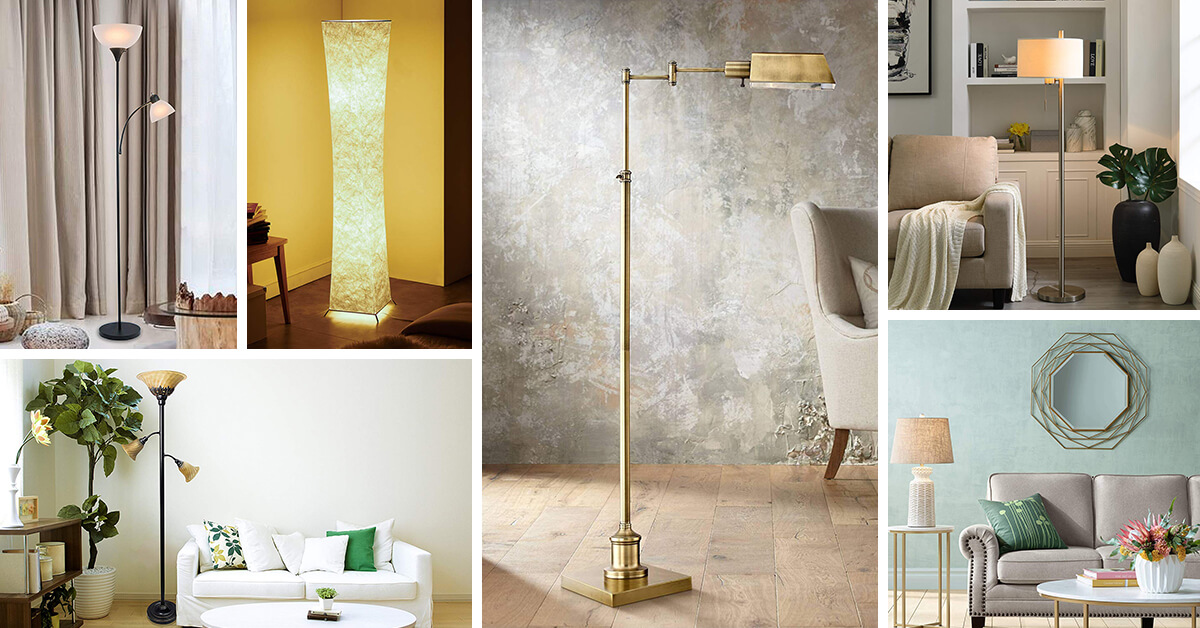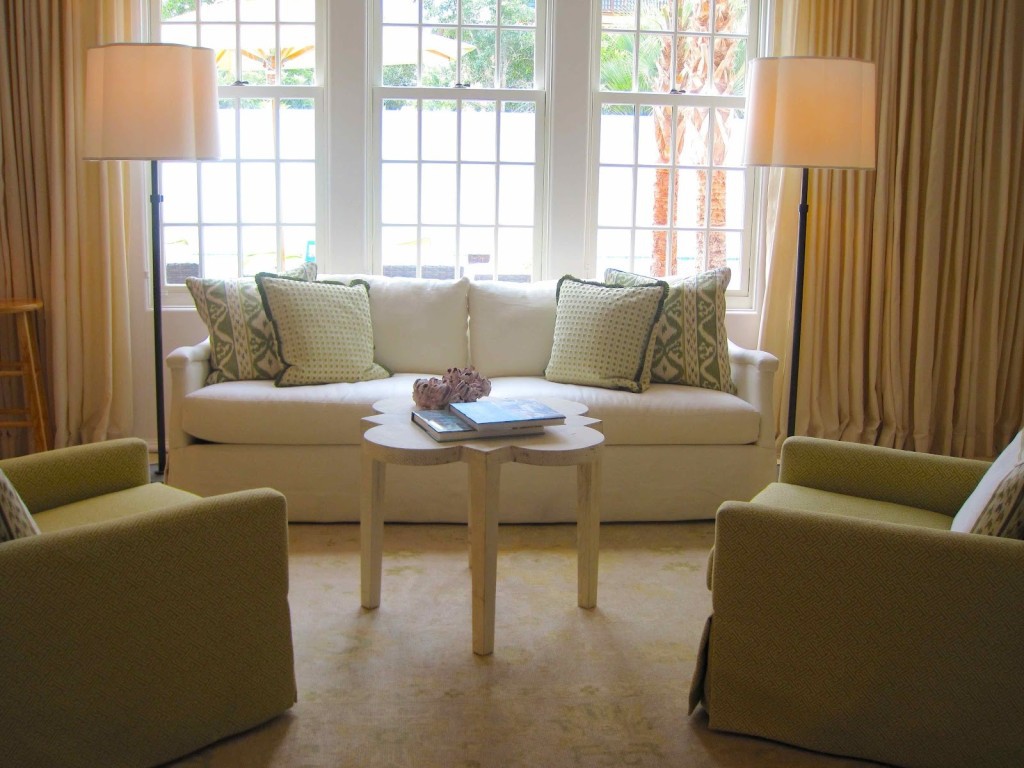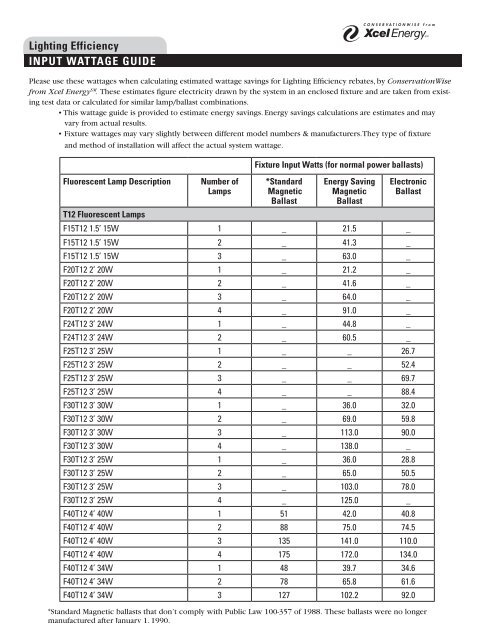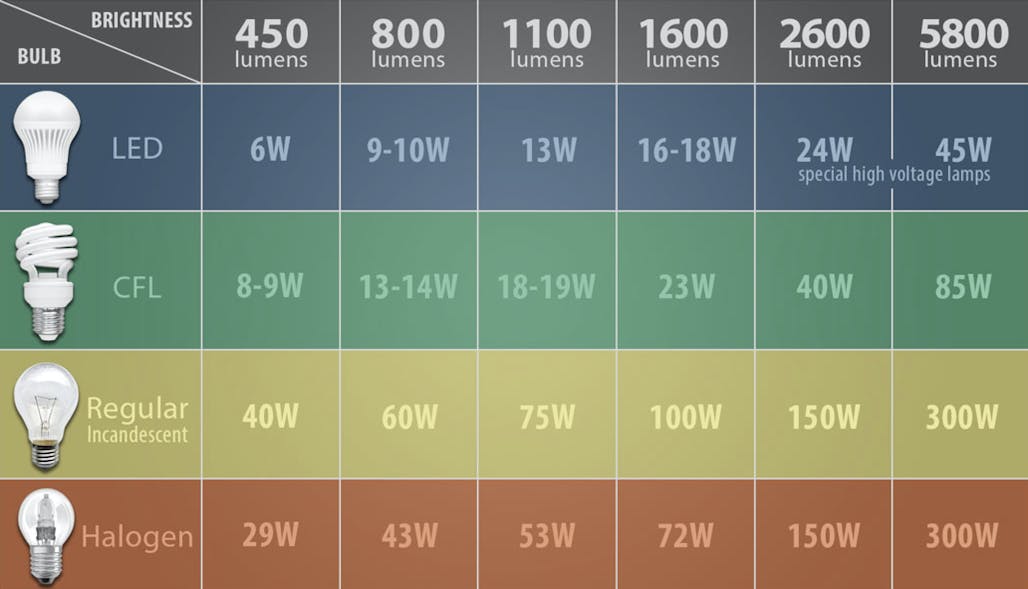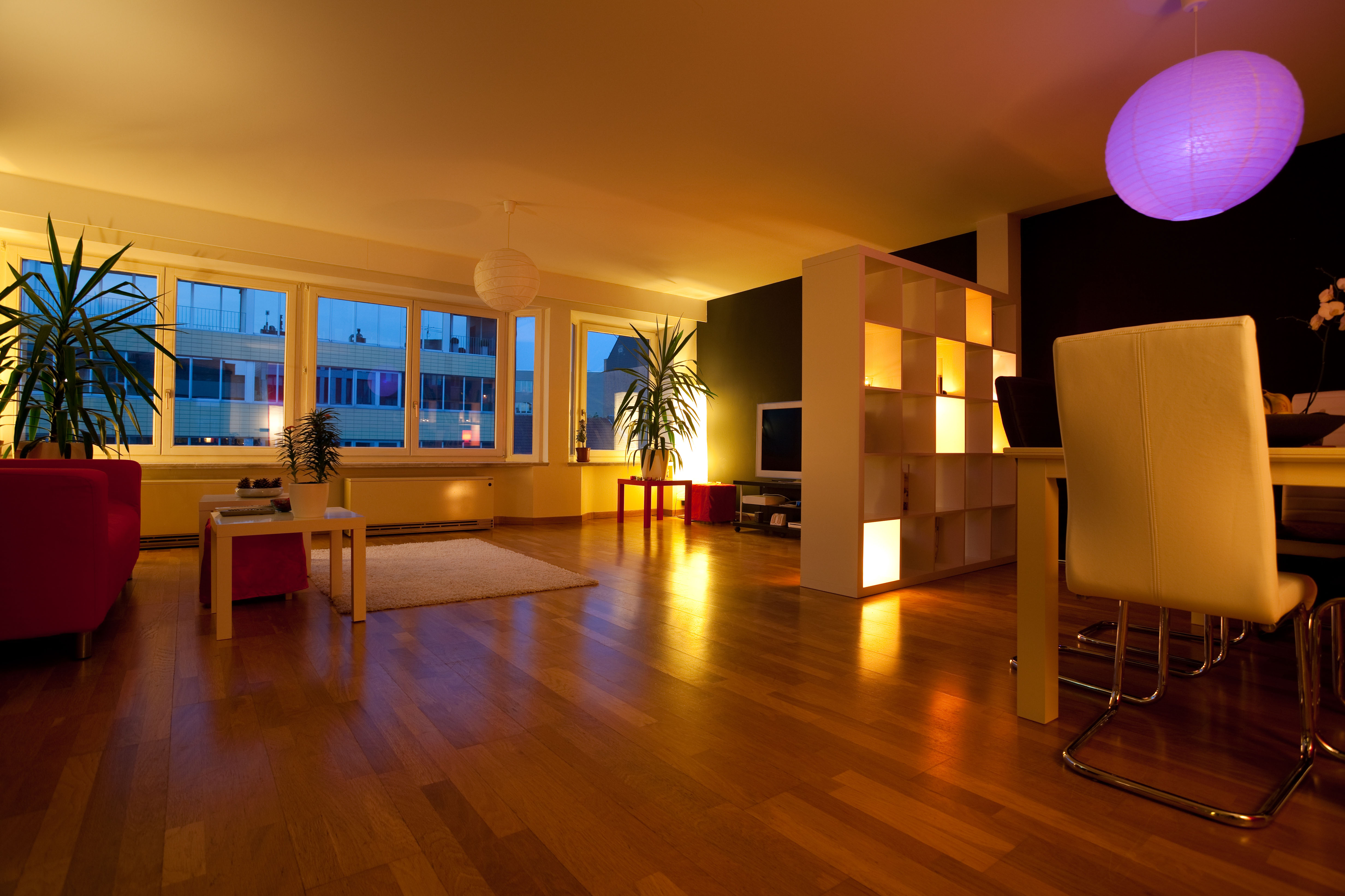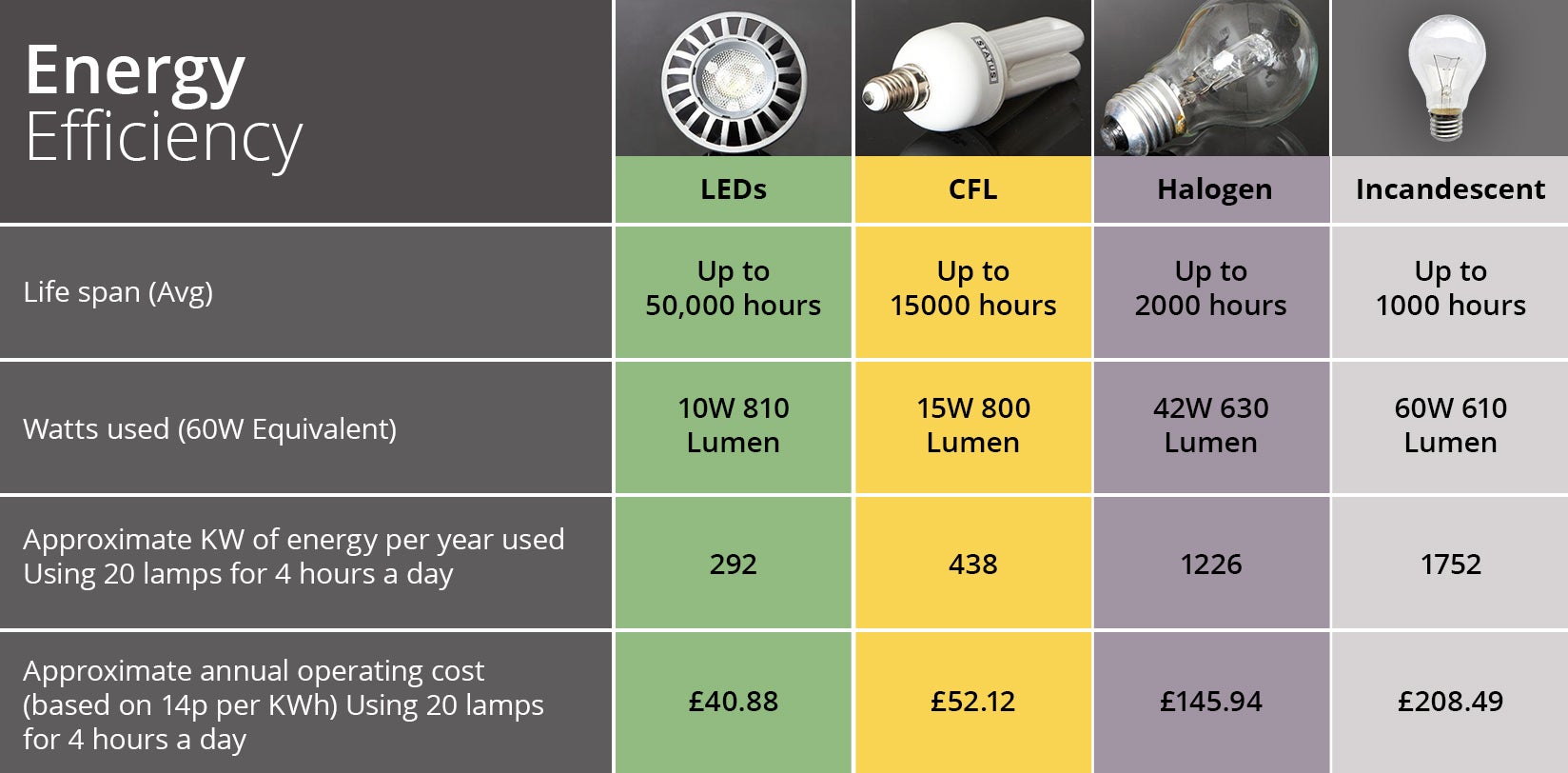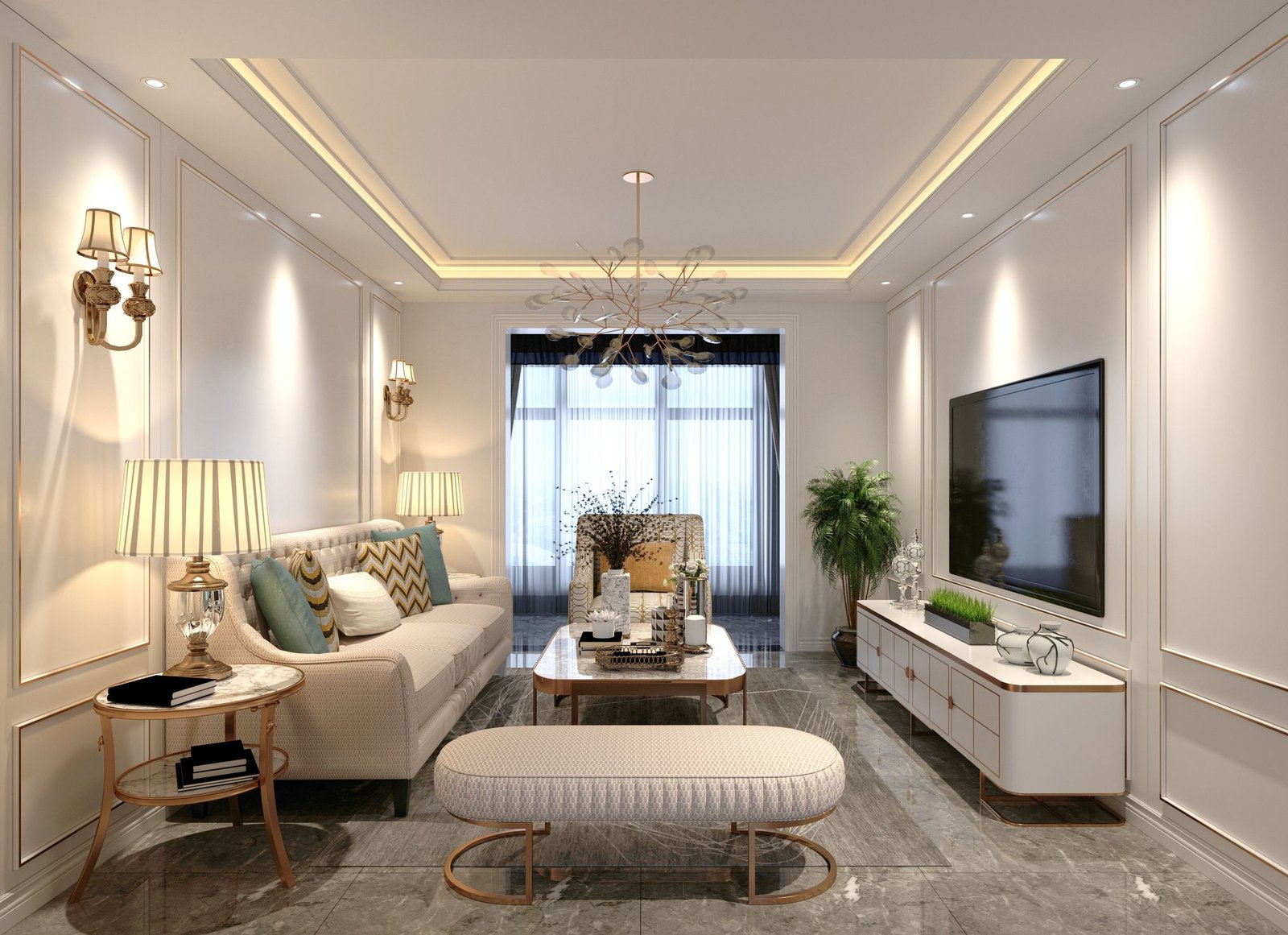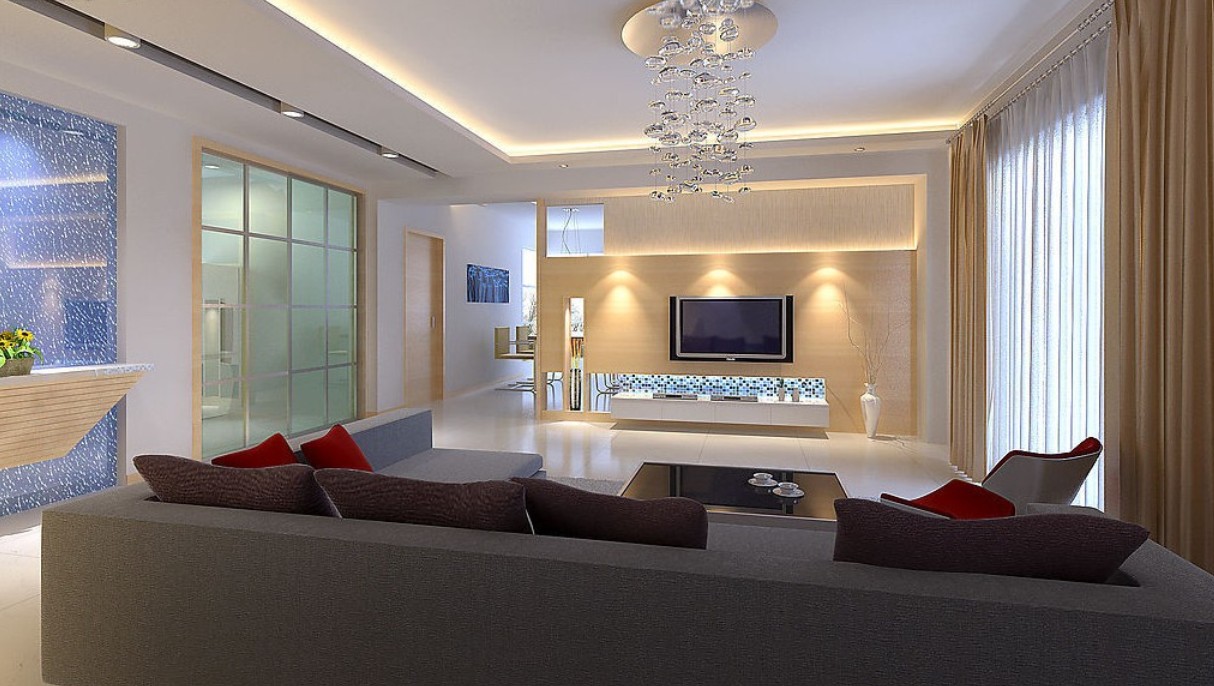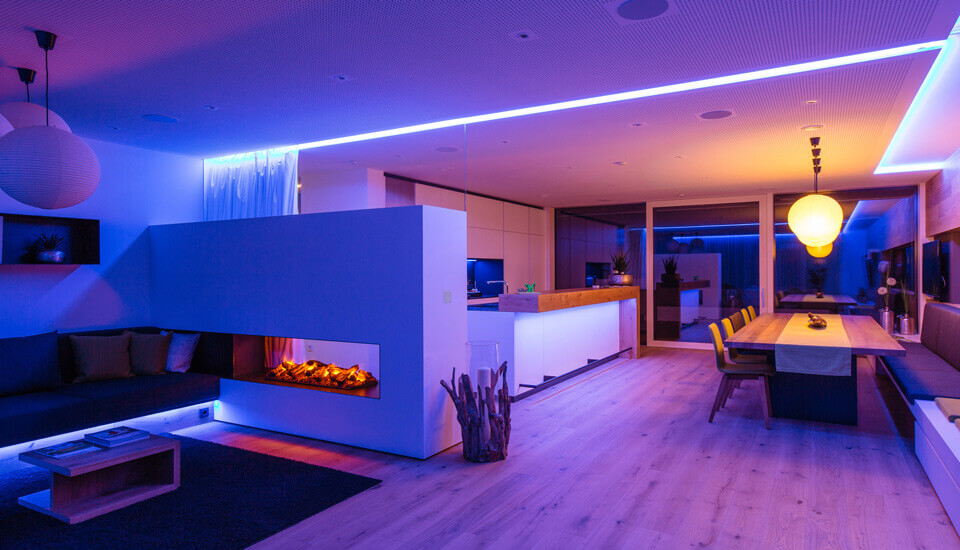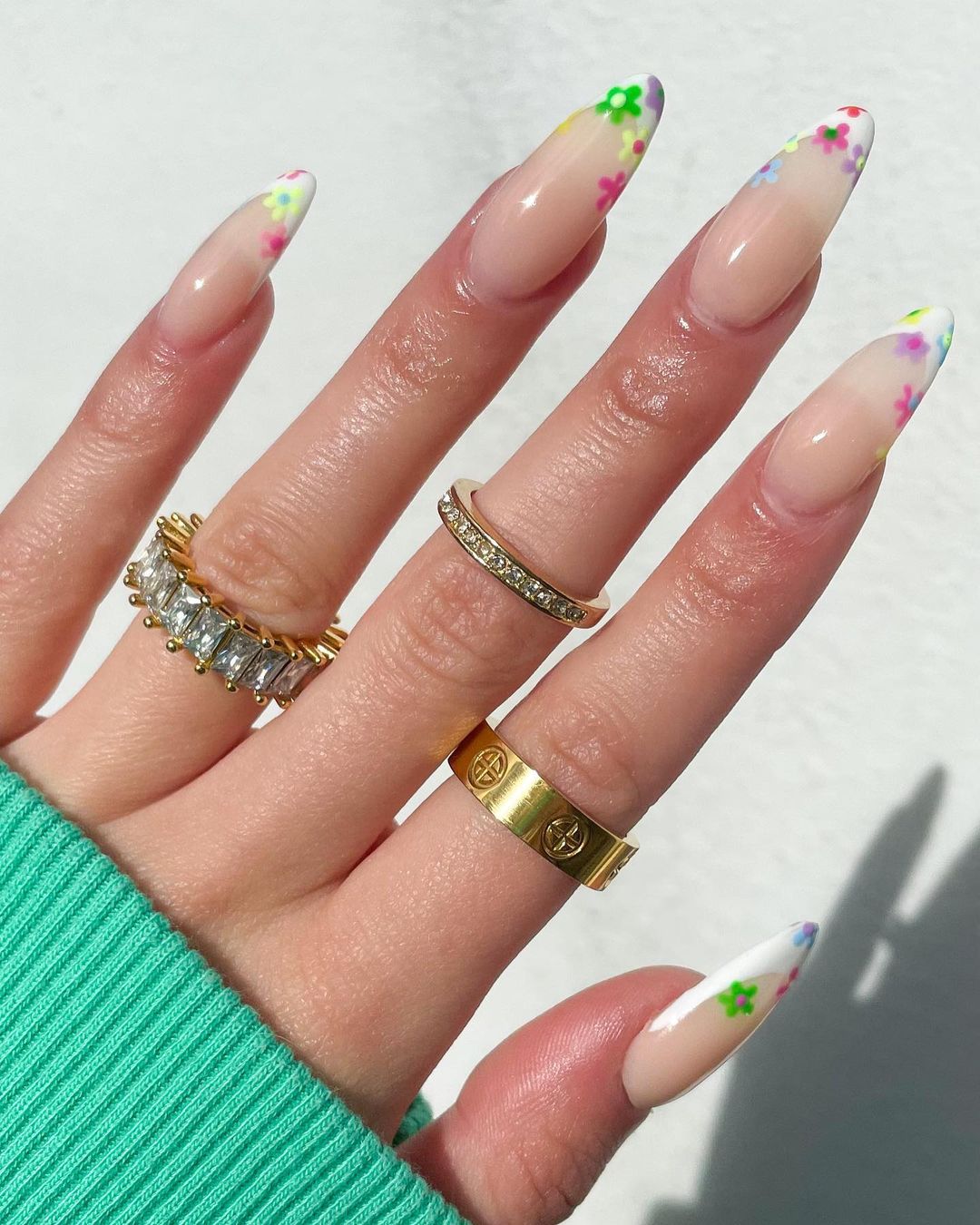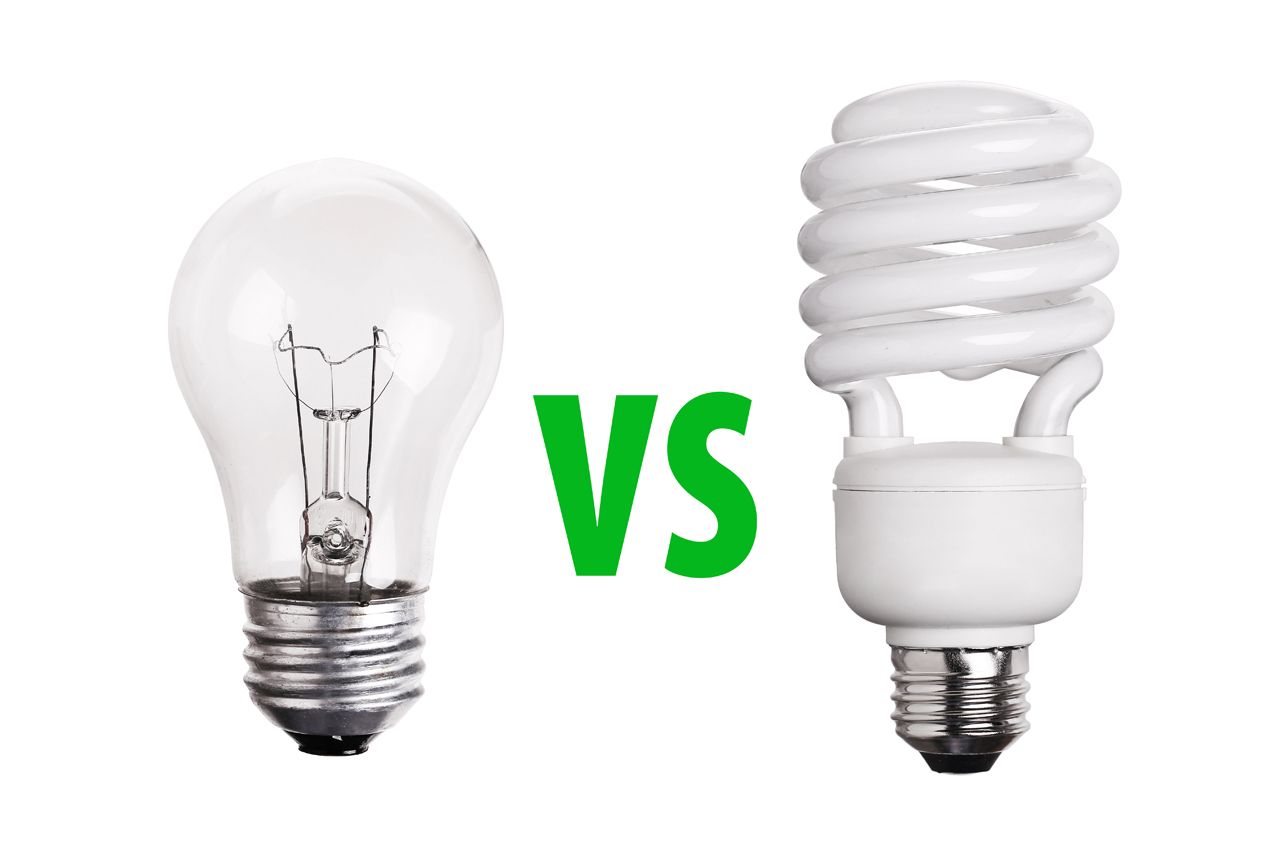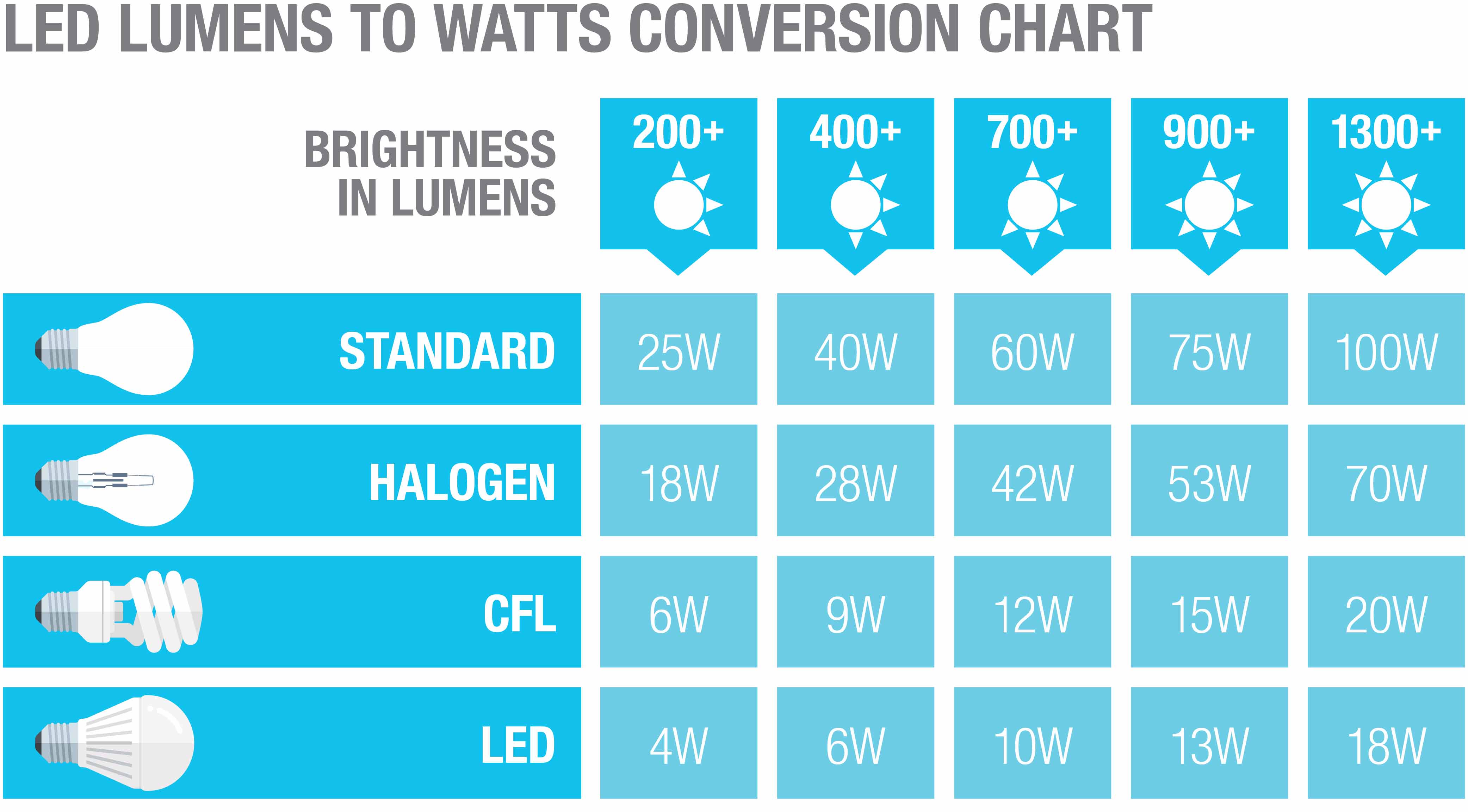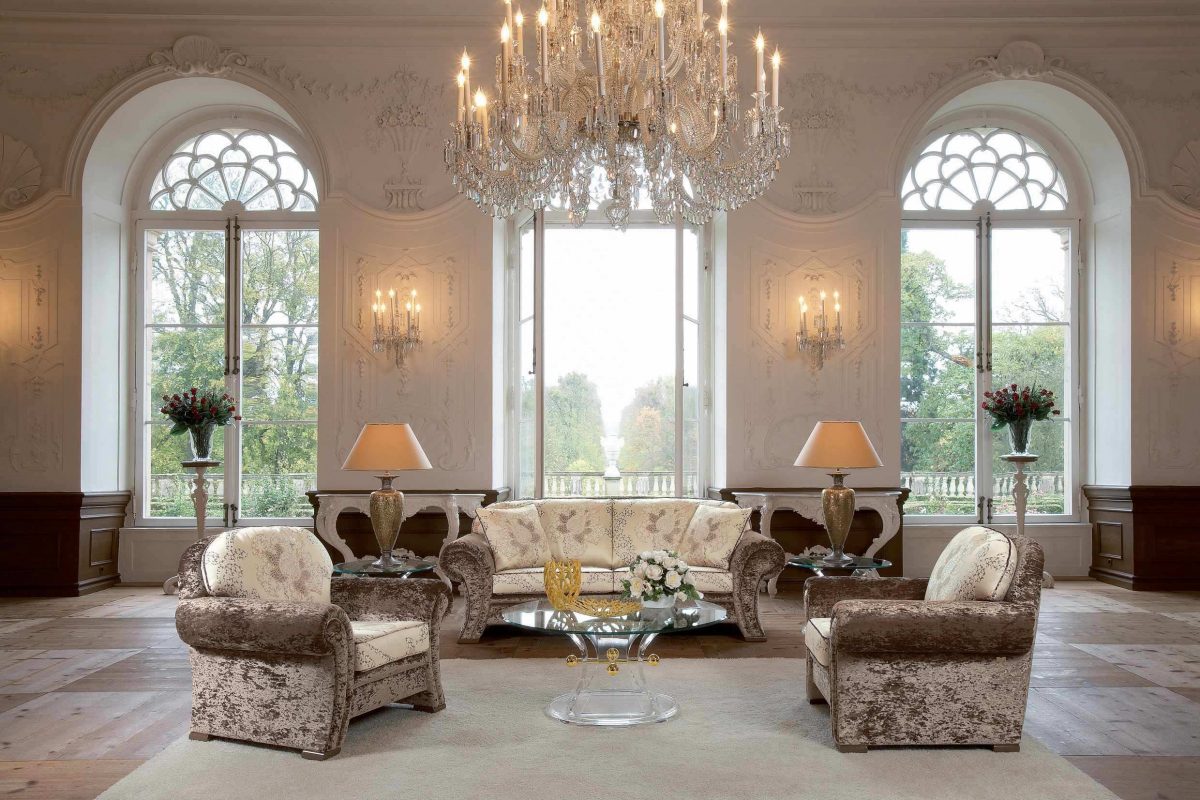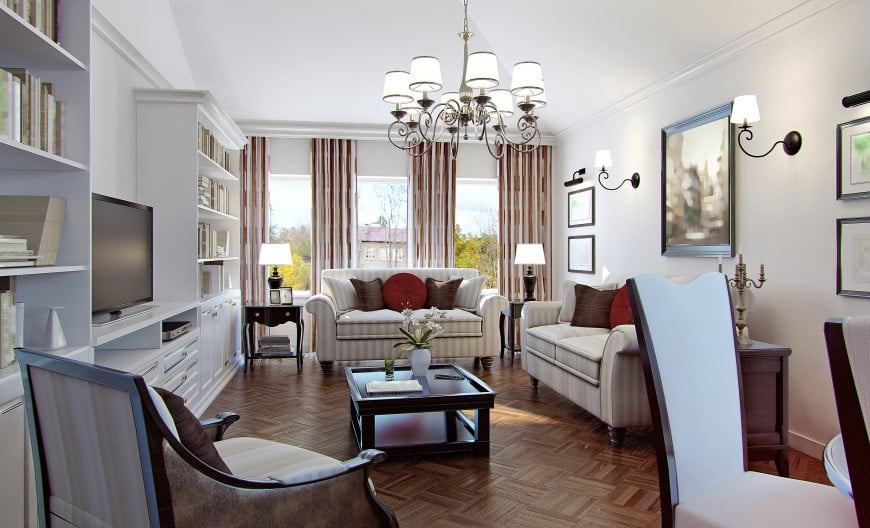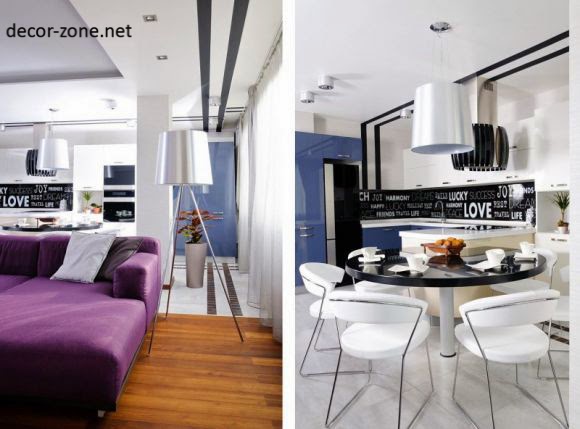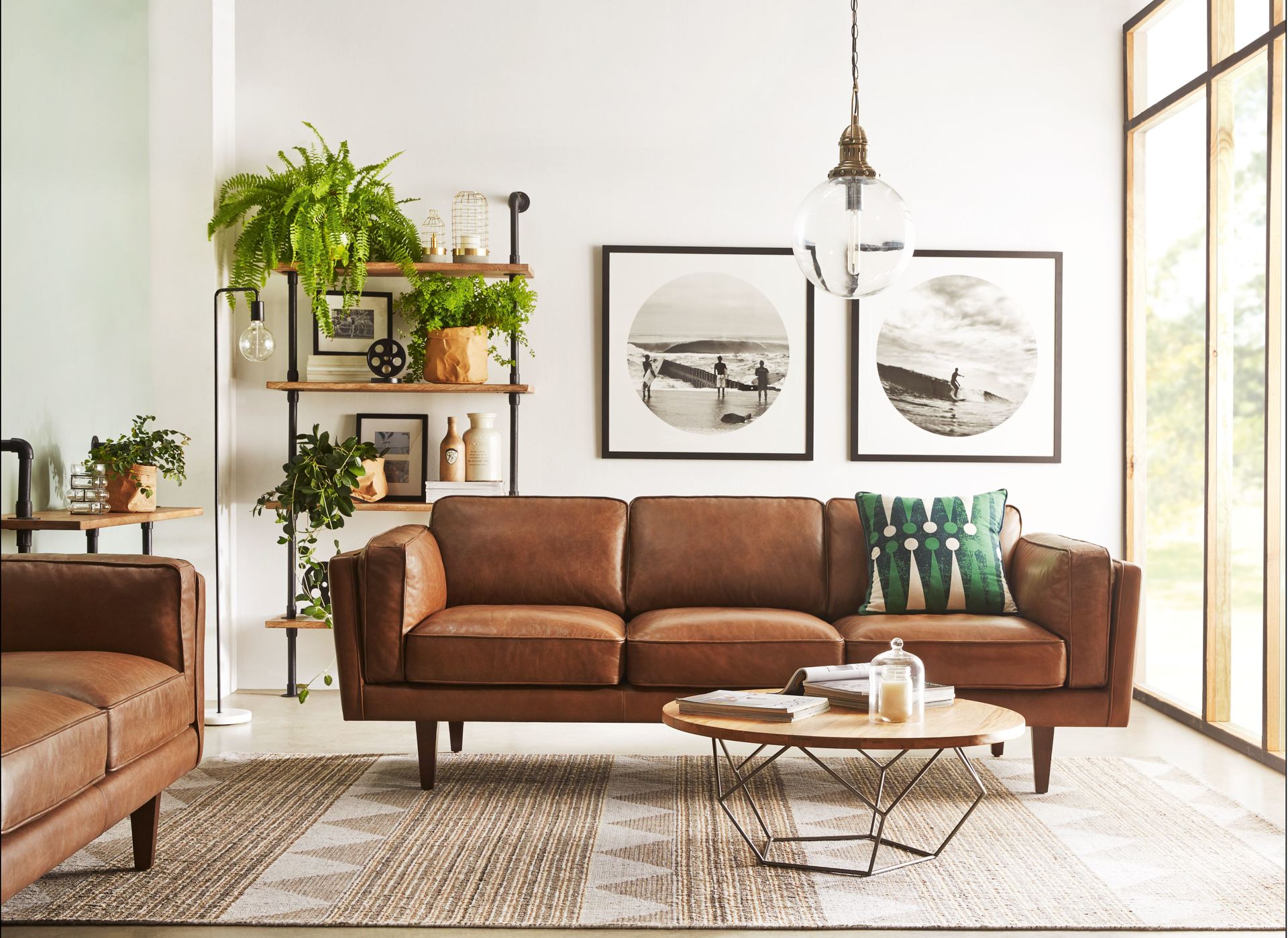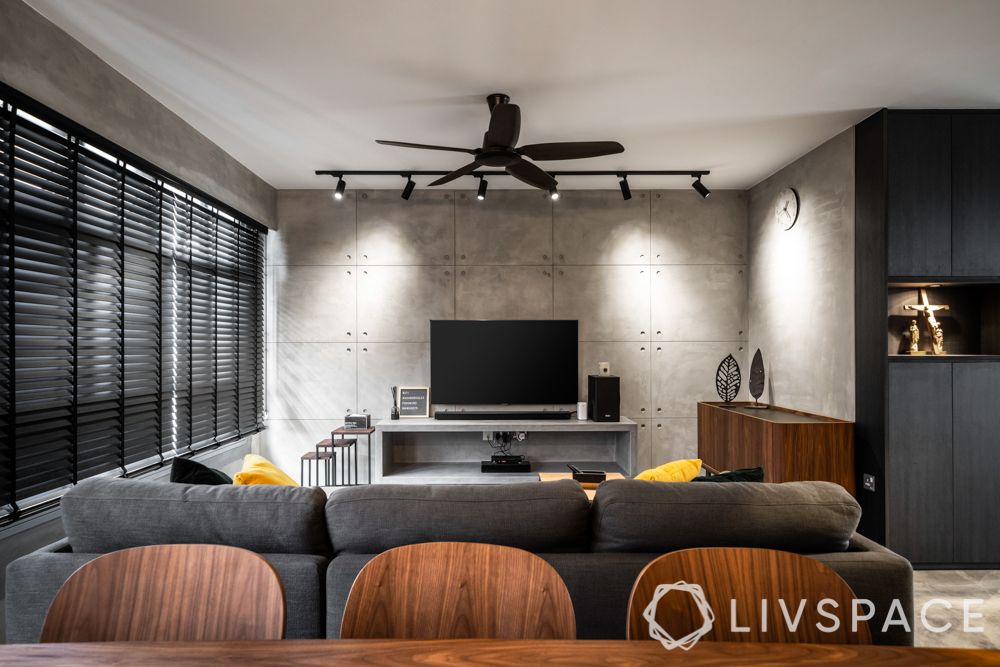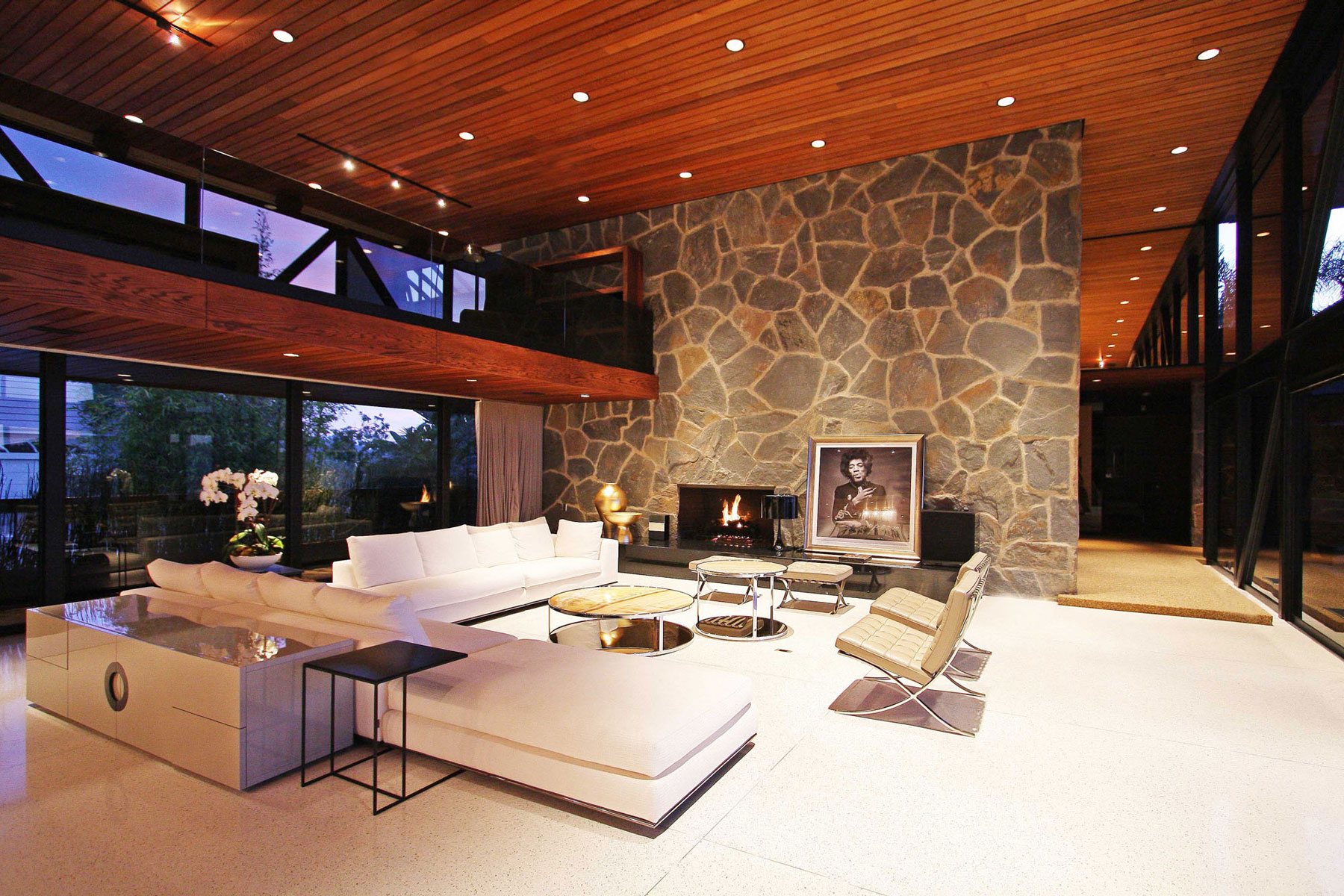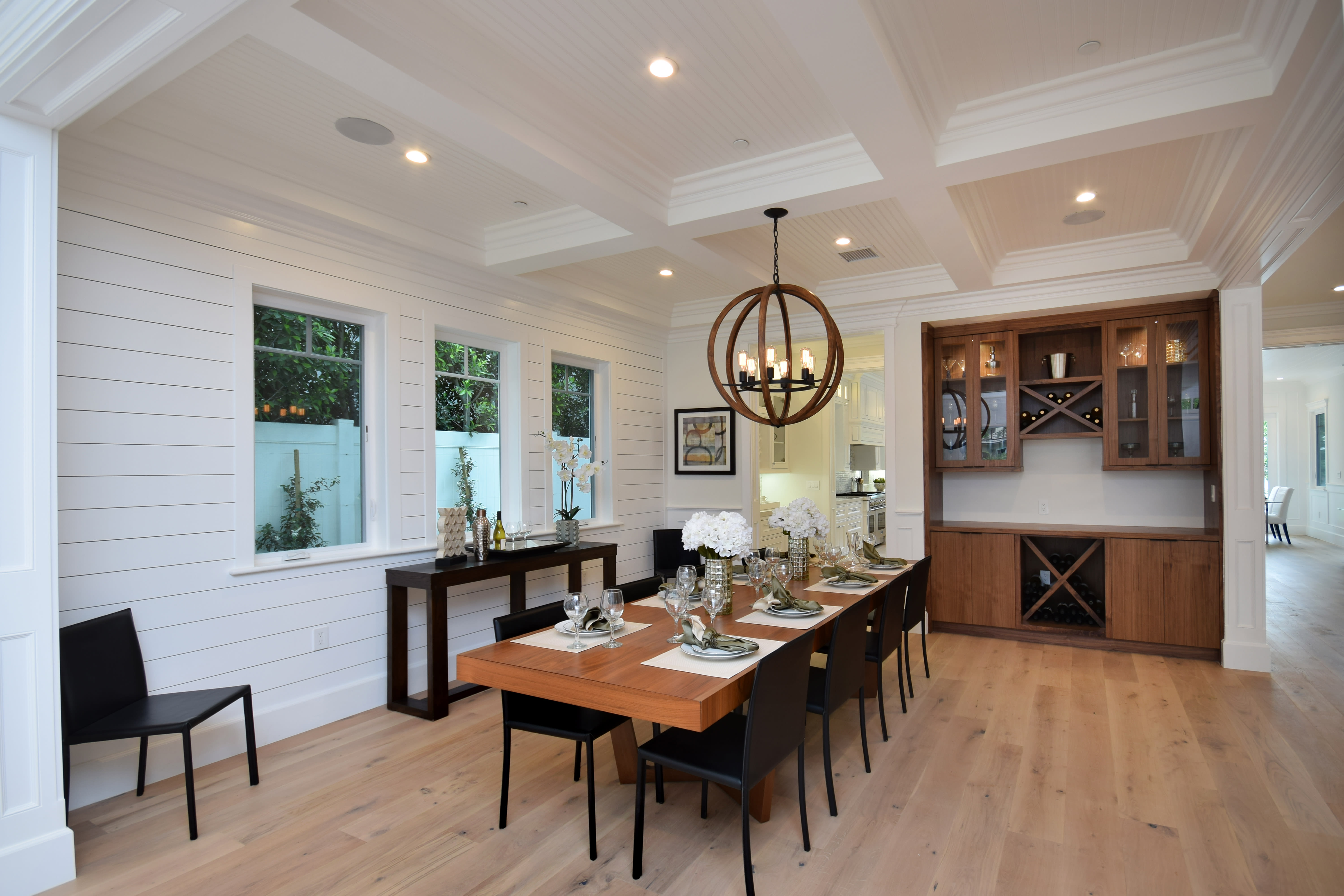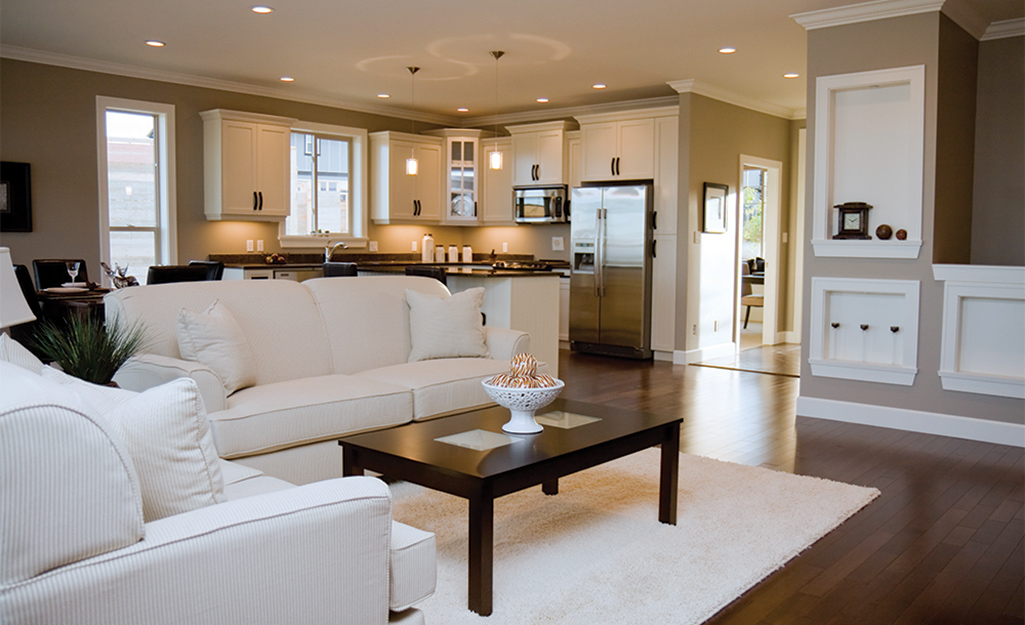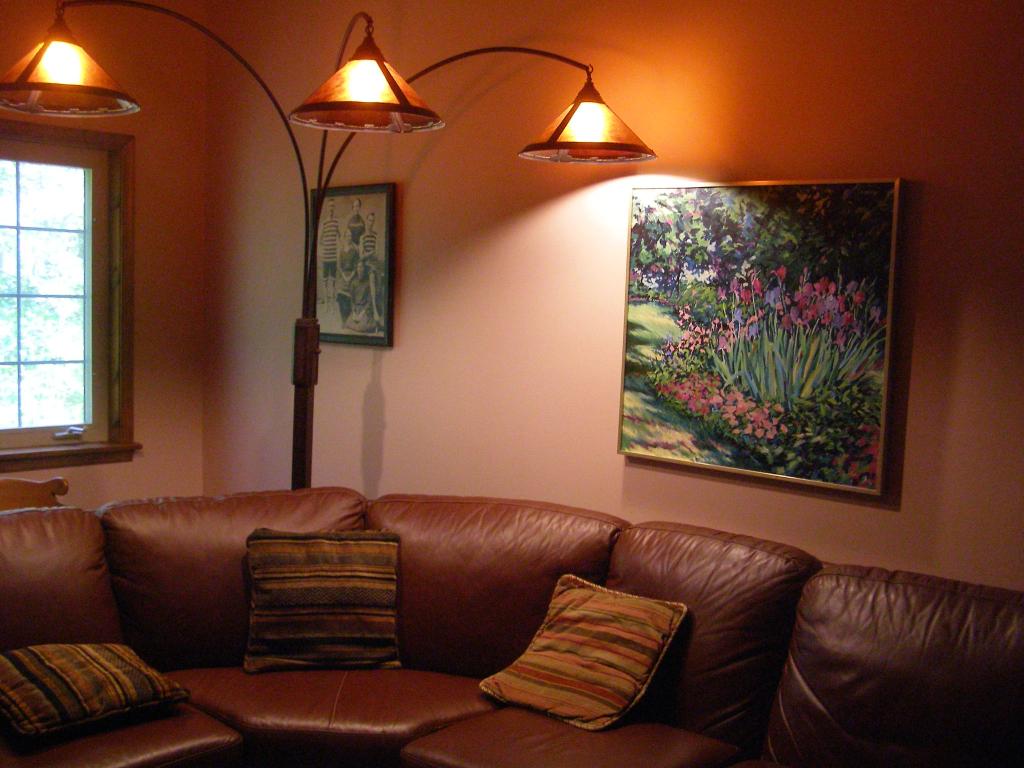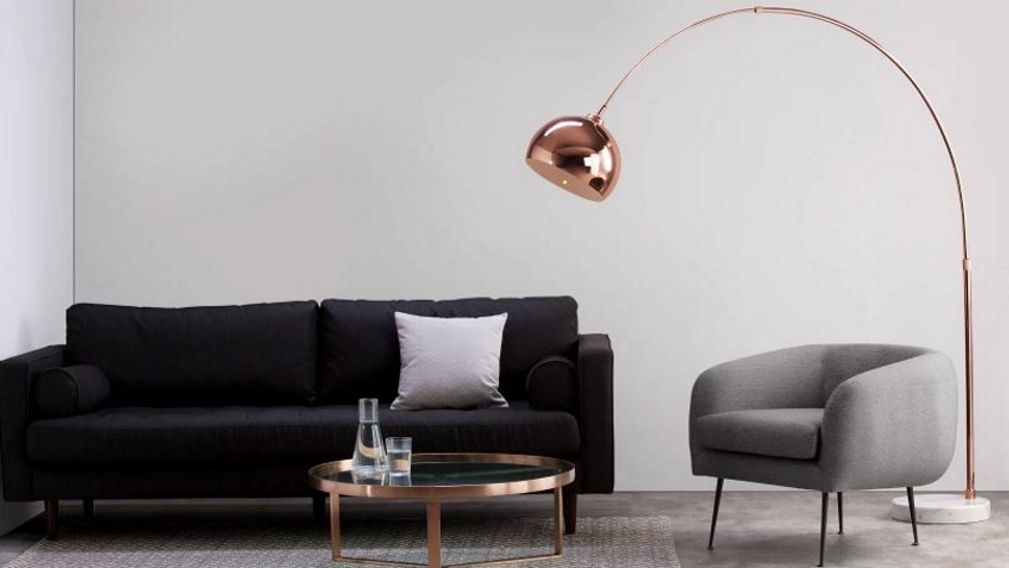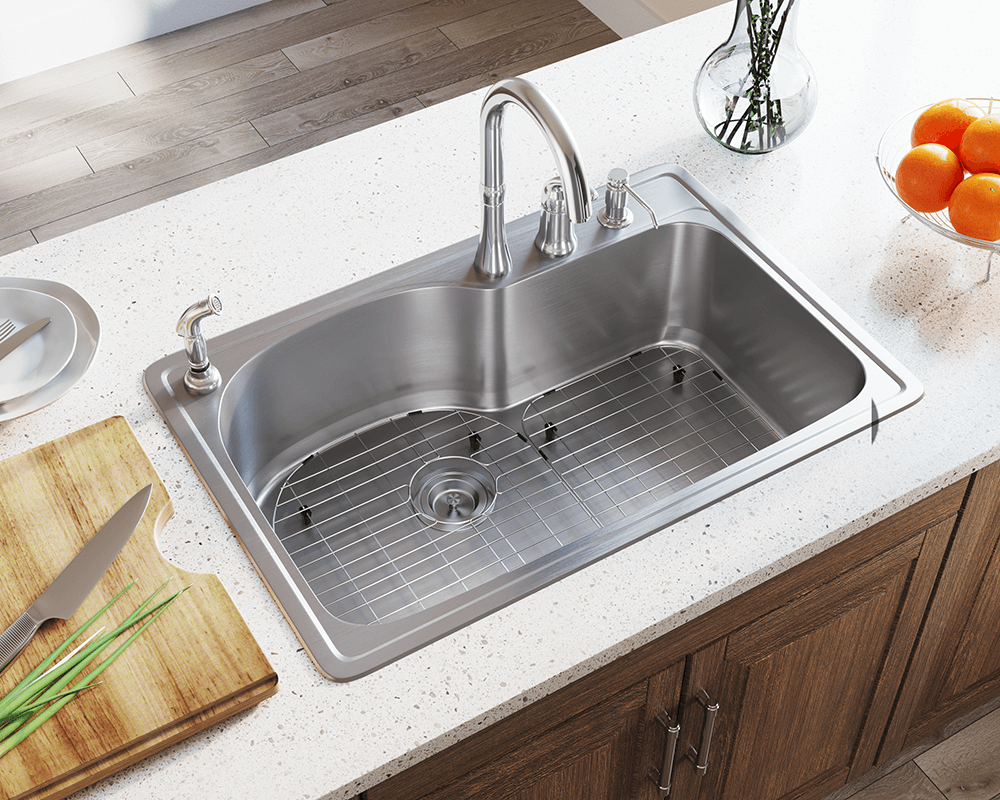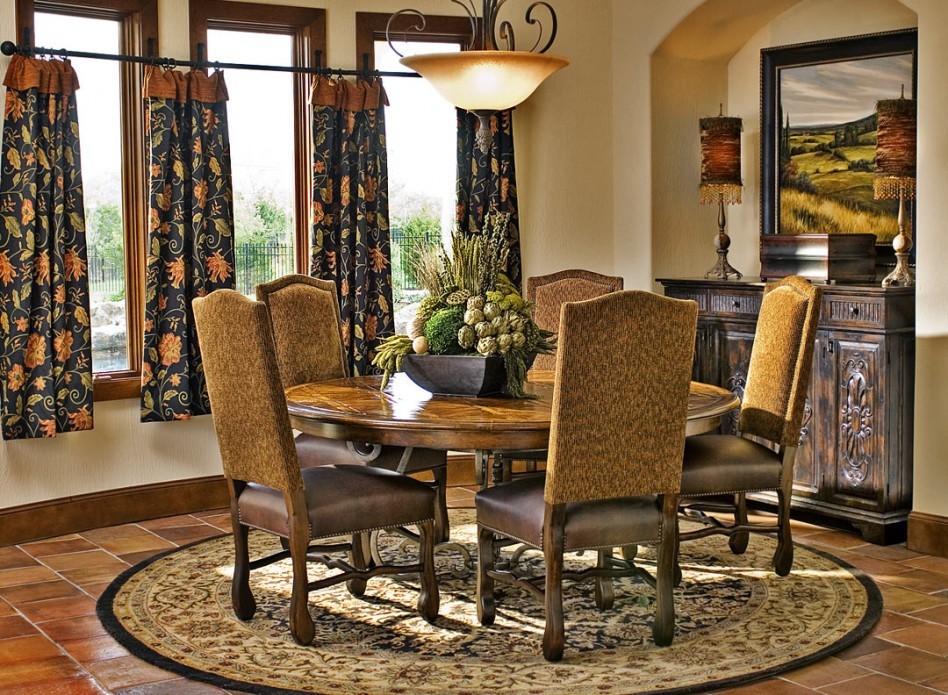When it comes to creating the perfect ambiance in your living room, lighting plays a crucial role. Not only does it provide illumination, but it also sets the mood and enhances the overall aesthetic of the space. However, choosing the right wattage for your living room lighting can be a bit tricky. Here's our guide to help you determine the recommended wattage for your living room. Recommended wattage for living room lighting
The recommended wattage for your living room will depend on the size of the space, the type of lighting fixtures, and your personal preferences. To determine the right wattage, start by calculating the square footage of your living room. For general ambient lighting, multiply the square footage by 1.5 to get the total wattage needed. For example, a 200 square foot living room would require 300 watts of lighting. How to determine the right wattage for your living room
Table lamps and floor lamps are popular choices for living room lighting. For table lamps, the recommended wattage is typically between 60-100 watts, depending on the size and height of the lamp. For floor lamps, a range of 100-300 watts is recommended, again taking into consideration the size and height of the lamp. Best wattage for living room lamps
If you're looking to reduce your energy consumption and save on your electricity bill, consider using energy-efficient light bulbs for your living room. LED bulbs are the most energy-efficient and can provide the same amount of light as traditional incandescent bulbs with a lower wattage. For example, a 60-watt incandescent bulb can be replaced with a 9-watt LED bulb without sacrificing brightness. Energy-efficient wattage for living room lighting
LED lights have become increasingly popular for their energy efficiency, longevity, and versatility. When it comes to living room lighting, the recommended wattage for LED lights will depend on the type of fixture and the desired level of brightness. For recessed lighting, a range of 8-12 watts is recommended, while for track lighting, 10-20 watts is typically sufficient. Recommended wattage for LED living room lights
Bulbs are an essential component of living room lighting, and choosing the right wattage can make a significant difference. For overhead lighting, a range of 40-60 watts is recommended for incandescent bulbs, while 9-13 watts is recommended for LED bulbs. For accent or task lighting, such as reading lamps or sconces, a range of 40-100 watts is typically recommended. Choosing the right wattage for living room bulbs
Chandeliers are a statement piece in any living room and can provide both ambient and decorative lighting. The recommended wattage for a chandelier will depend on its size and the number of bulbs it contains. As a general rule, a 200-watt chandelier is suitable for a room with a ceiling height of 12 feet or less, while a 400-watt chandelier is recommended for a ceiling height of 14 feet or more. Wattage recommendations for living room chandeliers
Track lighting is a popular choice for living rooms, as it provides flexibility in directing light to different areas of the space. The recommended wattage for track lighting will depend on the size and type of fixtures. For example, a 50-watt halogen bulb is suitable for accent lighting, while a 75-watt halogen bulb is recommended for general lighting. Ideal wattage for living room track lighting
Recessed lighting is a popular choice for modern living rooms, as it provides a sleek and unobtrusive lighting solution. When calculating the wattage for recessed lighting, consider the size of the room and the desired level of brightness. For example, a 100 square foot living room would require 150 watts of lighting, which can be achieved with 6-8 recessed lights with 15-20 watt bulbs. How to calculate wattage for living room recessed lighting
Floor lamps are a versatile and practical option for living room lighting, providing both ambient and task lighting. The recommended wattage for floor lamps will depend on the size and type of the lamp. For example, a 60-watt floor lamp is suitable for general lighting, while a 100-watt floor lamp is recommended for task lighting, such as reading or crafting. Recommended wattage for living room floor lamps
The Importance of Choosing the Right Wattage for Your Living Room

Creating the Perfect Ambiance
 When it comes to designing your living room, one of the most important factors to consider is the lighting. The right lighting can transform a plain and dull space into a warm and inviting one. And one crucial element in achieving the perfect lighting is choosing the right wattage for your living room.
Recommended wattage living room
is not just about providing sufficient light, but it also plays a significant role in setting the mood and creating the perfect ambiance for your space.
When it comes to designing your living room, one of the most important factors to consider is the lighting. The right lighting can transform a plain and dull space into a warm and inviting one. And one crucial element in achieving the perfect lighting is choosing the right wattage for your living room.
Recommended wattage living room
is not just about providing sufficient light, but it also plays a significant role in setting the mood and creating the perfect ambiance for your space.
Understanding Wattage
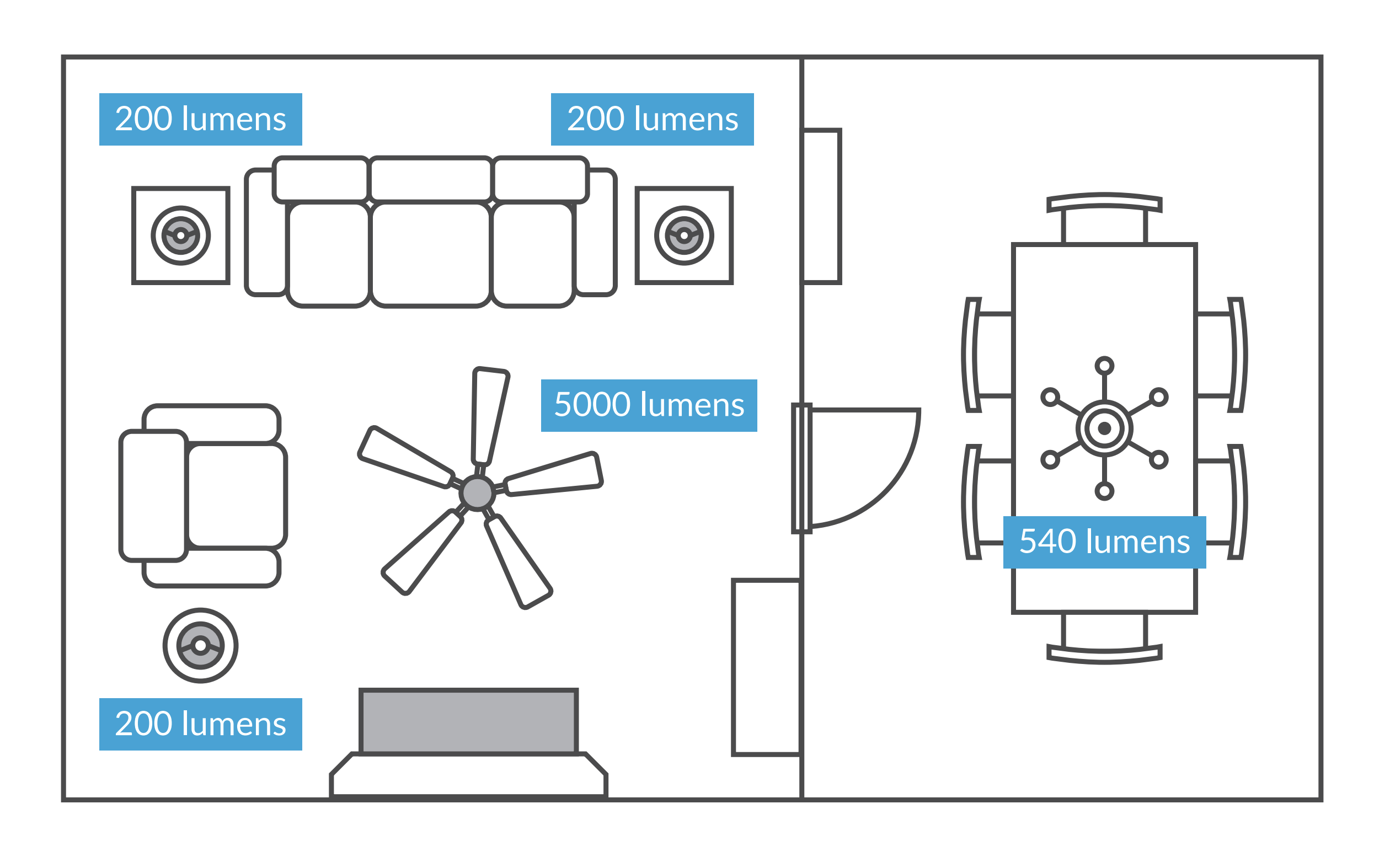 Before we dive into the recommended wattage for your living room, it's essential to understand what wattage means and how it affects your lighting. Wattage is a measure of power consumption, and in lighting terms, it refers to the amount of energy needed to produce light. The higher the wattage, the brighter the light will be. However, this does not necessarily mean that higher wattage is always better. Too much brightness can be overwhelming and uncomfortable for the eyes, while too little can leave your living room feeling dim and unwelcoming.
Before we dive into the recommended wattage for your living room, it's essential to understand what wattage means and how it affects your lighting. Wattage is a measure of power consumption, and in lighting terms, it refers to the amount of energy needed to produce light. The higher the wattage, the brighter the light will be. However, this does not necessarily mean that higher wattage is always better. Too much brightness can be overwhelming and uncomfortable for the eyes, while too little can leave your living room feeling dim and unwelcoming.
Determining the Right Wattage for Your Living Room
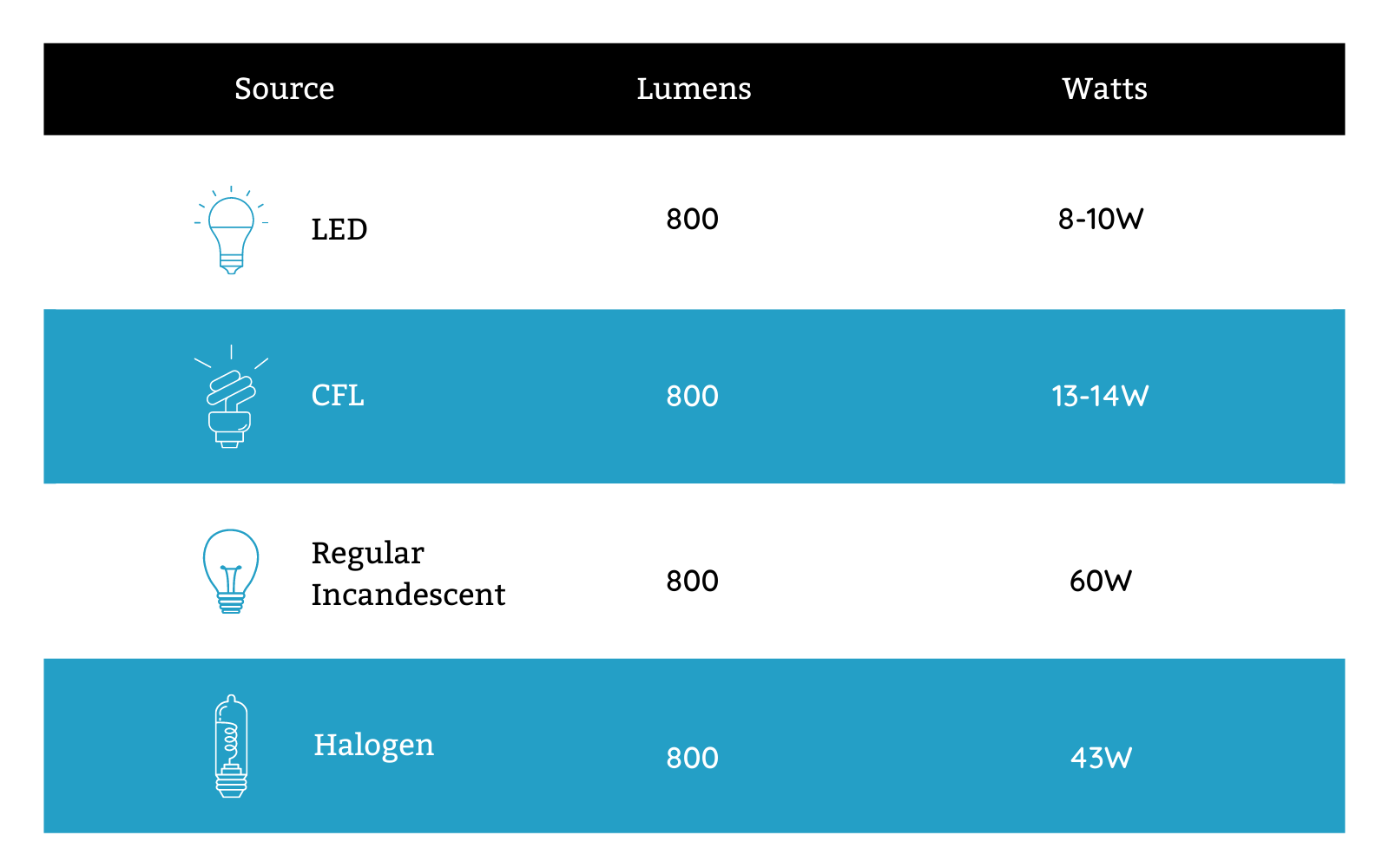 When it comes to
recommended wattage living room
, there is no one-size-fits-all solution. The ideal wattage for your living room will depend on various factors such as the size of your room, the type of lighting fixtures, and the overall ambiance you want to create. As a general rule, a living room with a
modern design
and
minimalist
style will require lower wattage compared to a traditional and ornate living room.
When it comes to
recommended wattage living room
, there is no one-size-fits-all solution. The ideal wattage for your living room will depend on various factors such as the size of your room, the type of lighting fixtures, and the overall ambiance you want to create. As a general rule, a living room with a
modern design
and
minimalist
style will require lower wattage compared to a traditional and ornate living room.
Factors to Consider
 To determine the right wattage for your living room, there are a few essential factors to consider. First, the size of your room will play a significant role. A larger room will require more wattage to provide sufficient lighting. Additionally, the type of lighting fixtures you have will also affect the recommended wattage.
Recessed lighting
, for example, will require lower wattage compared to
chandeliers
or
pendant lights
. Lastly, consider the overall ambiance you want to create. If you prefer a cozy and intimate atmosphere, opt for lower wattage, while a bright and lively living room will require higher wattage.
To determine the right wattage for your living room, there are a few essential factors to consider. First, the size of your room will play a significant role. A larger room will require more wattage to provide sufficient lighting. Additionally, the type of lighting fixtures you have will also affect the recommended wattage.
Recessed lighting
, for example, will require lower wattage compared to
chandeliers
or
pendant lights
. Lastly, consider the overall ambiance you want to create. If you prefer a cozy and intimate atmosphere, opt for lower wattage, while a bright and lively living room will require higher wattage.
Don't Be Afraid to Experiment
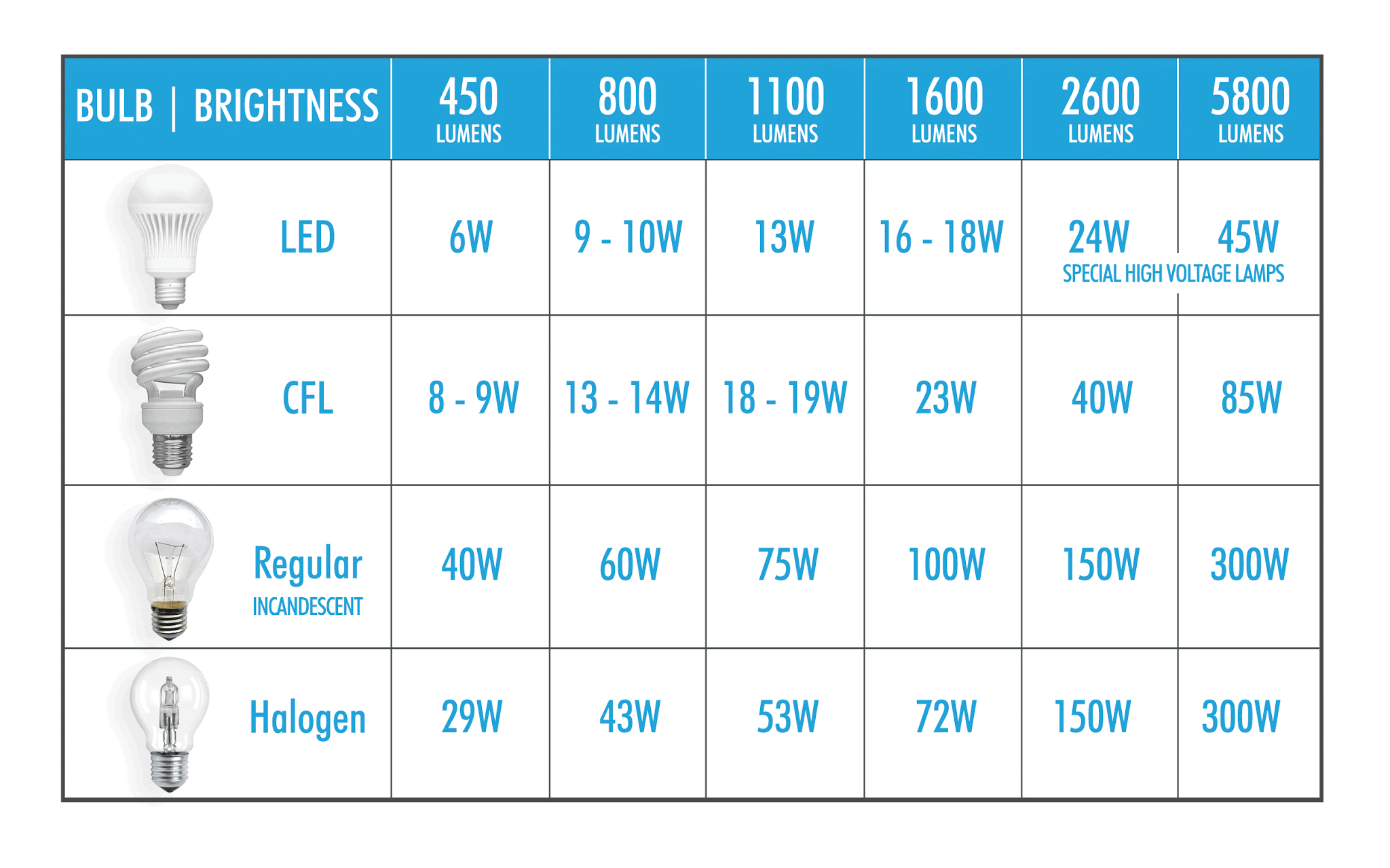 Finding the perfect
wattage for your living room
may require some trial and error. Don't be afraid to experiment with different wattages and lighting fixtures to achieve the desired effect. You can also use dimmer switches to adjust the brightness according to your needs and mood. Remember, the right wattage will not only provide sufficient lighting but will also enhance the overall look and feel of your living room.
Finding the perfect
wattage for your living room
may require some trial and error. Don't be afraid to experiment with different wattages and lighting fixtures to achieve the desired effect. You can also use dimmer switches to adjust the brightness according to your needs and mood. Remember, the right wattage will not only provide sufficient lighting but will also enhance the overall look and feel of your living room.
In conclusion, choosing the right wattage for your living room is crucial in creating the perfect ambiance and setting the mood. Consider the size of your room, the type of lighting fixtures, and the overall atmosphere you want to achieve when determining the recommended wattage. Don't be afraid to experiment and find the perfect balance of brightness and comfort for your living room.



